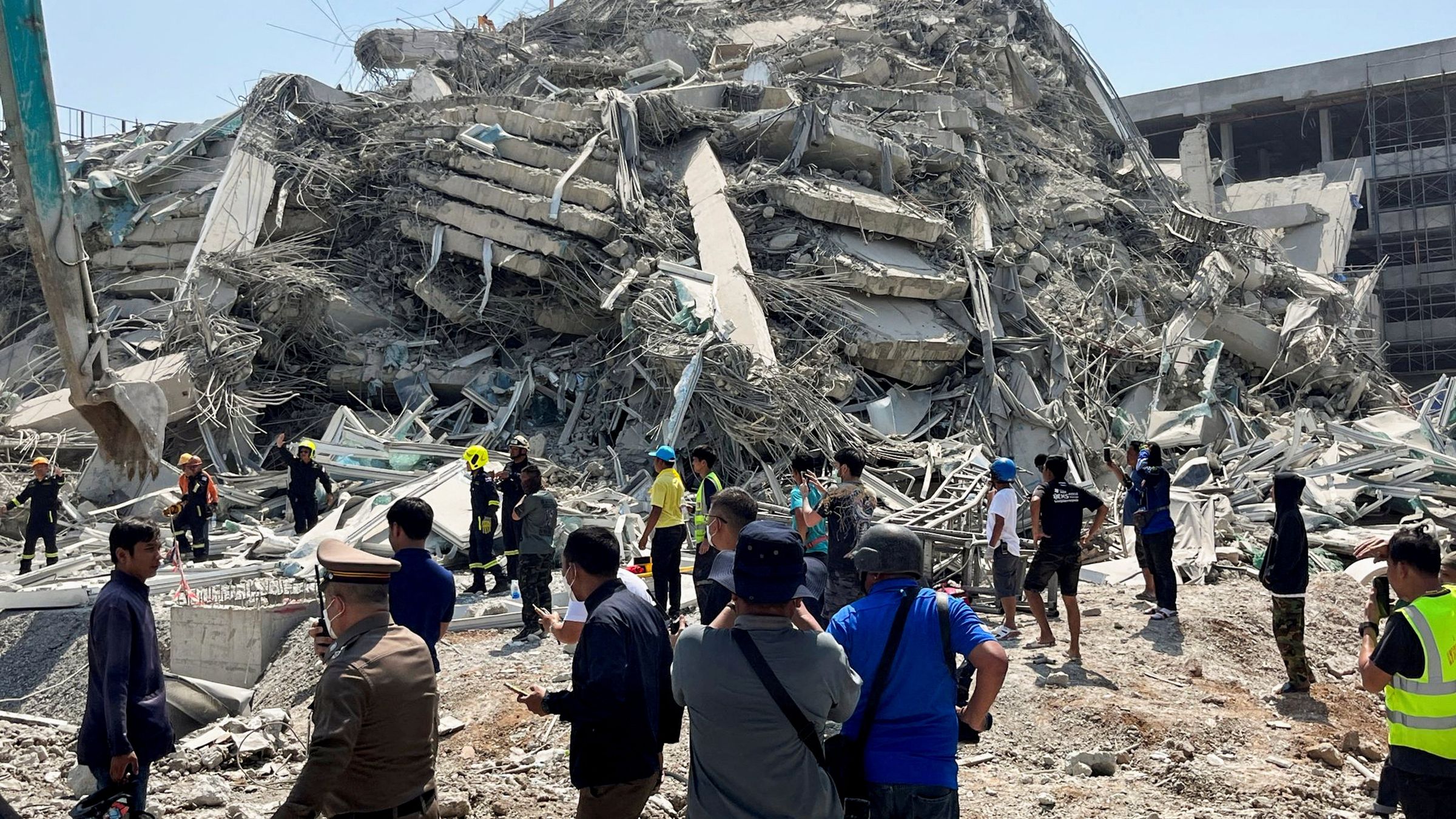A deadly earthquake that struck central Myanmar has left at least 694 people dead and more than 1,600 injured, officials from the military-led government confirmed on Saturday. The 7.7-magnitude tremor, one of the most powerful to hit the region in years, caused widespread destruction, especially in the Sagaing and Mandalay regions.
The quake struck just before 1 PM local time on Friday at a shallow depth of 10 kilometers. It triggered a strong 6.7-magnitude aftershock minutes later, followed by a series of smaller tremors that reverberated across neighboring countries, including India, China, Cambodia, Laos, and Thailand.
The full scale of the destruction is still emerging. Collapsed buildings, damaged bridges, and disrupted infrastructure have been reported across multiple cities. In Mandalay, several structures crumbled to the ground, and the nearly century-old Ava bridge collapsed into the Irawaddy River. Parts of Naypyidaw also suffered serious damage, with hospitals forced to treat patients outdoors due to structural hazards.
The earthquake has further exposed the fragility of Myanmar’s emergency services, already strained by years of conflict and political turmoil. Junta leader Min Aung Hlaing warned that the death toll could still rise as rescue efforts continue across hard-hit areas.
In neighboring Thailand, the quake’s impact was also deadly. Ten people were reported killed in Bangkok, mainly at a construction site where a skyscraper collapsed. Dozens of workers remain missing, and rescue operations are ongoing.
The powerful tremor has brought attention to the Sagaing Fault, a major geological fault line considered by experts to be among the most dangerous in the world due to its proximity to major cities. Scientists have long warned of the potential for devastating earthquakes along this fault.
Thousands of residents across the region remain displaced, and relief operations are facing obstacles due to damaged roads, patchy communication, and limited access to affected zones.






